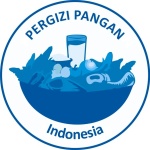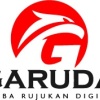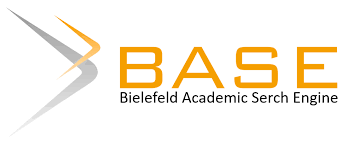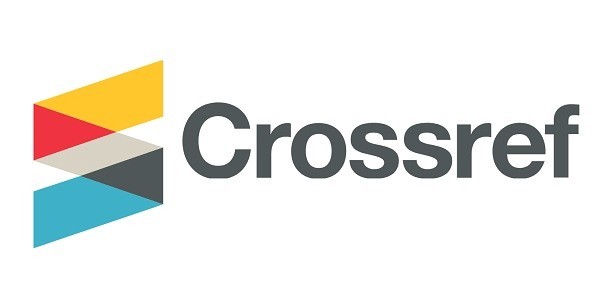4. SIMULASI KEBIJAKAN UNTUK MENINGKATKAN EFISIENSI, PROFITABILITAS DAN DAYA SAING UDANG PADA BERBAGAI TEKNOLOGI BUDIDAYA
Policy Simulation to Improve Efficiency, Profitability and Competitiveness of Cultured Shrimp According to Different Technology
Abstract
Abstact
As an exportable goods, shrimp price was highly determined by international market and exchange rate of domestic currency. Therefore the devaluation of rupiah was expected to be a favorable condition for shrimp culture as indicated by the rise of shrimp production and productivity in 1998. However, it turn back to decline along with the strenghtening of rupiah and international protection policies imposed by importing countries in 2004. In addition, the escalation of regional laws (Perdas) issued at the provincial or district level might increased production costs and local tax, and therefore has decreased profit. The question then, is production of cultured shrimp within unfavorable domestic environment and protectionist international policies still profitable? What policies should be imposed to induce shrimp culture production efficiency, profitability and competitiveness?
The objectives of the study were to evaluate shrimp culture profitability, and simulate such policies favorable for the development of shrimp culture. Research was conducted by survey and literature review, while analysis was carried out by applying Policy Analysis Matrix (PAM). The strong point of this technique is its ability to provide information on policy impacts on farm level profits. Stochastic frontier productivity function (SFPF) model was employed to simulate the impact of several policies.
The results showed that based on private prices, shrimp culture in Dompu district still profitable, however, analysis based on social prices the traditional system indicated negative profit. Intensive system produced 1,121.67 kg/ha or Rp 8,089,796 profit, while the traditional one generated only 123.60 ka/ha or Rp 1,661,659 profit. The government therefore was recommended to promote the intensive system after conducting risk assessment both domestic (security, pests, and diseases) and international (health, environmental, and trade policy issues). In addition to this the enforcing law and order is also critical to eliminate fear over uncertainty. The policy simulations indicated that imposing 100 % of technical efficiency is the most favorable policy for semi intensive and intensive shrimp culture, while price and exchange rate policies more favorable for the traditional one.







